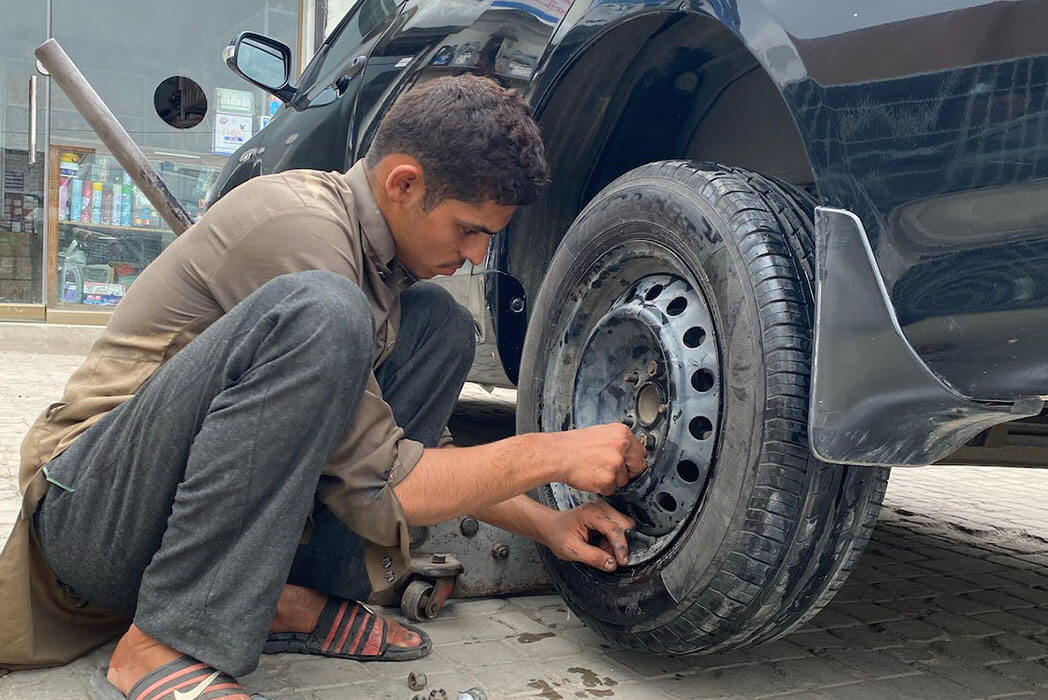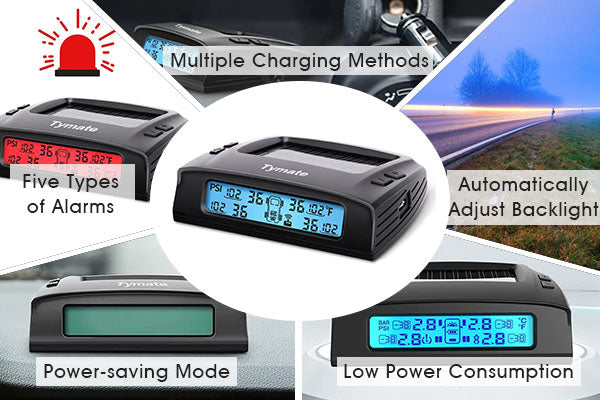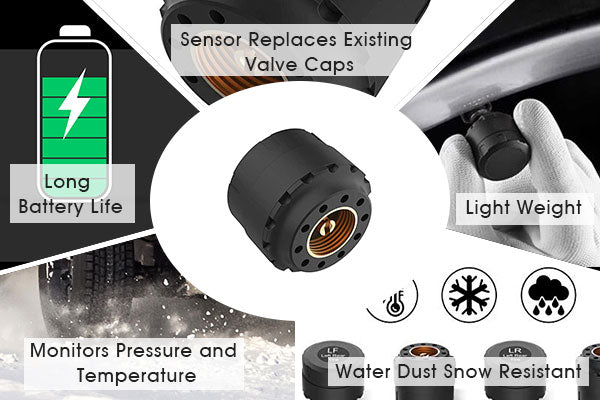
Hello dear reader. Welcome back to another blog post about tire pressure. This blog will focus mainly on how low tire pressure can and will affect your vehicle. We will talk about the effects on your car and the possible dangerous outcomes you can face. Yet, we will also give you all the information regarding how to avoid these situations.
We always encourage you to contact your mechanic, which you trust, for further and more technical information in case a more severe outcome happens.
For now, sit, relax, and read on!
How To Determine The Correct Pressure For Your Tires

There are many aspects to consider when it comes to the ideal tire pressure. You can find different options in either your owner's manual or on your driver's door. Yet, your tire pressure can vary depending on the weight of your car, the state of the road, the temperature, and even the time you will be driving.
This can sometimes be exhausting and misleading. Let's have a better look at it.
The rule is always to trust what your manual says. That tire pressure is ideal for most driving scenes. It is also correct for the type of tires your car has. If you are still determining the kind of tire you need, you can also check your manual or ask your automotive technician.
When it comes to driving off road there are other aspects to consider. From the weight, if the vehicle is 4WRD and if you are driving on a rocky or sandy road. If you are driving on a highway, and it is raining you will need to check the pressure to avoid aquaplaning for instance.
All of this information you will find it in the owner´s manual.
Can Driving With Low Tire Pressure Be Dangerous?

Driving with low pressure increases the possibility of a dangerous situation by 100%.
The primary adverse outcomes are tire wear out, plus it affects rims and other vehicle components. Still, the number 1 most dangerous situation is tire blowouts.
Blowouts
Blowouts occur due to two factors, temperature and low pressure. When your tire is low on pressure, the heat builds up. The side of the tire flex more than usual, leading to a perfect environment for higher temperatures if you do not stop your vehicle. As a result, your tire will blow.
Effects Of Driving With Low Tire Pressure
As we discussed, the primary outcome of low-pressure driving is a blowout. Let's go a bit further and see the other effects this issue has.
Tire Rim

Adding to the blowouts, your tire may face damage to the rim. With this, you will face tire wear and tear and damage other car compartments. These compartments are suspension and steering systems.
Fuel consumption

It is common to have a more significant fuel consumption if you have low tire pressure. Since your wheels need to make a more significant effort to keep moving, your engine requires more fuel.
Check your tires before a long trip to ensure a safe and easy travel.
Less Responsive Vehicle

Driving with low-pressure tires, especially with large vehicles such as RVs, will reduce the responsiveness of it on a significant scale. Tipping and swaying is already a considerable risk, so you want to make sure to have the safest experience possible.
With low-pressure tires, you will have a vehicle that will not respond so easily to minor adjustments. As a result, your tires will respond seconds later than requested and can outcome in a vehicle crash.
Frequent Flat Tires

You will undergo frequent flat tires if you ignore it or even continue your journey with a low-pressure tire. In case it is only a puncture, you need to address it as soon as possible, otherwise, it will keep losing air and faster by the day.
If you do not do proper maintenance and continue driving with a faulty tire, you will inflate your tire more frequently.
The best advice is to fix immediately or change your tire and drive safely.
How Long Can You Manage with Lower Tire Pressure?
When it comes to low-tire-pressure driving, you need to be sure of the terrain you are driving. It is not the same to drive on a sandy or on a highway. Similar to the weight the car has to undergo while you are on the on your journey.
Follow your manufacturer's indications from the manual. Going with low tire pressure can have its effects, and they will occur after a certain amount of time.
In general, we do not recommend driving with low pressure for more than 1 mile until you reach a safe place to switch tires. However, you need to be aware of what is low pressure for your vehicle. If your manual says 35PSI is the ideal, then 30 is low but less risky than 25. In other words, with 30PSI, you can drive for approximately 30mins, whereas with 25, you should not drive and stop immediately and change your tires.
How To Avoid Low Tire Pressure
Driving with low tire pressure can have serious outcomes. Here are some useful tips on preventing your tires from losing pressure.
- Check your tires regularly. This will prevent any issues that could lead to a bigger problem in the future.
- It is often overlooked, but inflate your tires to the ideal pressure.
- Replace any damaged tire parts. If you do this, your car will perform optimally every time you need it.
- In case your vehicle has not been used for a while, check your valve stems or even replace them. New valve stems will safely secure the air inside your wheels.
Importance of TPMS

Having TPMS installed will enable you to avoid all the hazards that we mentioned above. TPMS will notify the driver about low pressure in any tire. TYMATE ones have many other alert modes that can prevent you from any incident.
It has alarms for high pressure or high temperature, fast leakage, and it will show which tire is affected on the monitor.
Getting a TPMS for your car will significantly reduce any damage you can incur due to low tire pressure.
Conclusion about low tire pressure
Driving with low tire pressure has many adverse direct and side effects. As a responsible driver, you should always keep your tires at their ideal pressure. As a result, you will avoid not only tire wear and tear, higher fuel consumption, but also car wrecks.
We highly recommend you get a TPMS for further control over your tires, if you still do not have one installed. The TPMS will provide you with all the necessary information about each tire and alert you if there is any issue with them.
You can go through our website and look around our products, we are certain you will find the ideal monitor.


